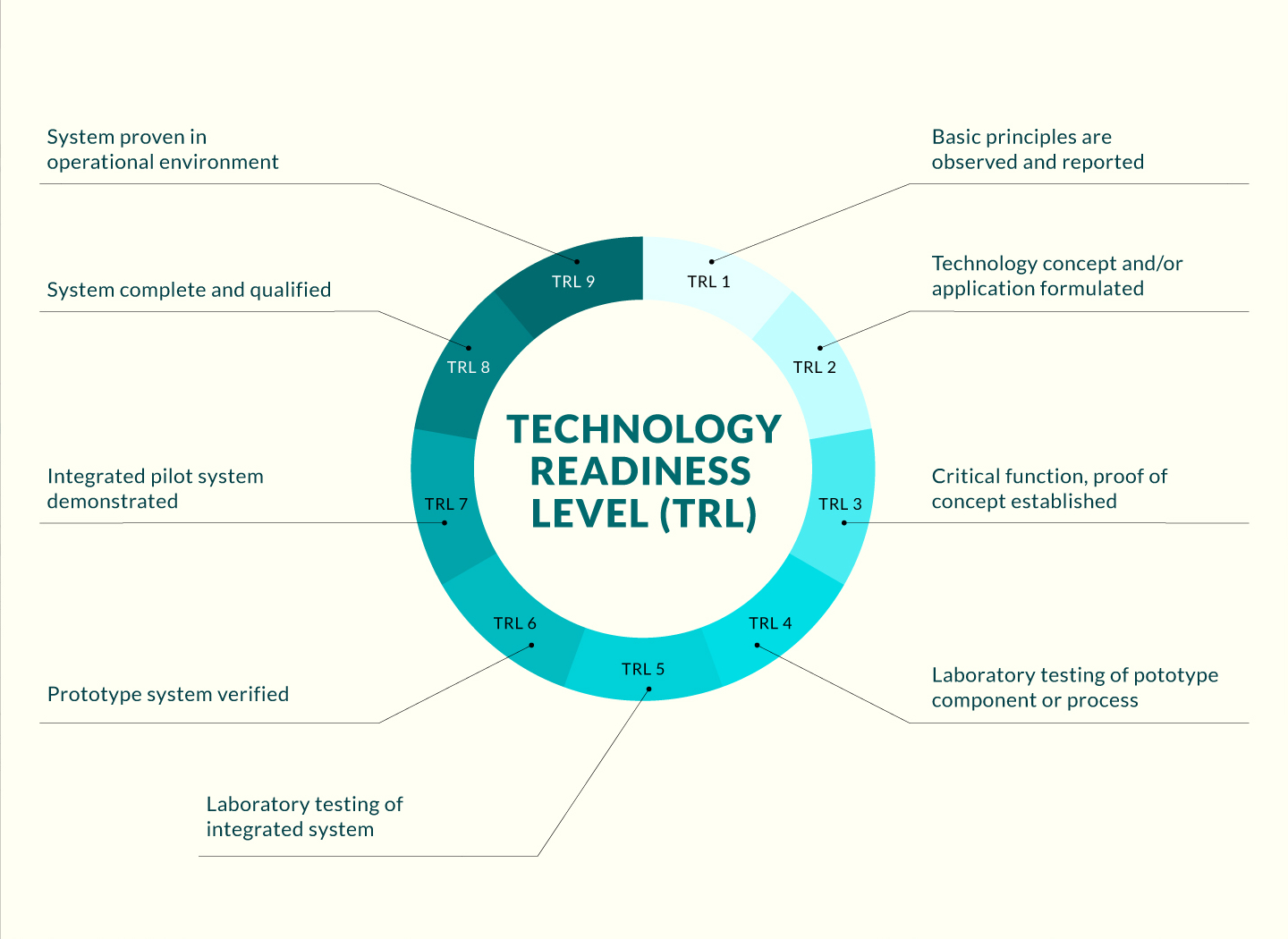
Opportunity
Large-load customers (consuming large amounts of electricity) are increasingly using energy storage (e.g., fuel cells) to reduce their peak-demand charges, which represent up to 90% of their electricity bills. Utility companies use carefully constructed pricing schemes to motivate customers to modify their power-consumption patterns, such as shifting load to off-peak periods; however, this approach is limited by the nature of certain processes that cannot be easily adjusted. Additionally, reliance on volatile renewable energy sources can lead to unpredictable net demand profiles, complicating cost reduction efforts. Instead, customers can utilize energy storage to reshape their electricity procurement without directly changing their consumption profiles. The rapid development of storage technologies makes it convenient and economical to build and maintain storage systems. Large-load customers are now in need of methods of optimizing the management of energy storage systems to reduce peak electricity demand without altering consumption patterns.
Technology
The novel technology focuses on optimizing the usage of energy storage systems to manage electricity consumption for large-load consumers, particularly during peak demand times, when electricity prices skyrocket. It involves a system that predicts electricity usage patterns and uses advanced algorithms to determine the best times to store energy and the best times to draw from storage. When electricity costs are low, the energy storage system is charged, and during peak hours, the stored energy is released to reduce reliance on the grid, thereby minimizing the peak demand charges that make up a significant proportion of a business’s electricity bill. This approach will allow companies to strategically shift their energy usage without altering their operations, leading to more predictable costs, significant savings on energy bills, and improved energy efficiency.
Advantages
- The invention focuses on maximizing the reduction of peak demand charges through energy storage, providing a more advantageous approach than existing practices that emphasize minimizing energy use.
- The invention allows for real-time electrical energy storage management, enabling the use of stored electricity during costly peak periods. This approach is more dynamic and responsive than traditional static demand reduction strategies.
- The invention incorporates online competitive analysis to improve cost minimization and utility maximization, addressing challenges unique to real-time energy management that current solutions may not effectively tackle.
- The invention provides significant opportunities for cost savings, not only through load shifting but also by reducing peak demand, which may not always be feasible with existing methods.
Applications
- Large-load consumers (businesses, facilities)
- Utility companies



